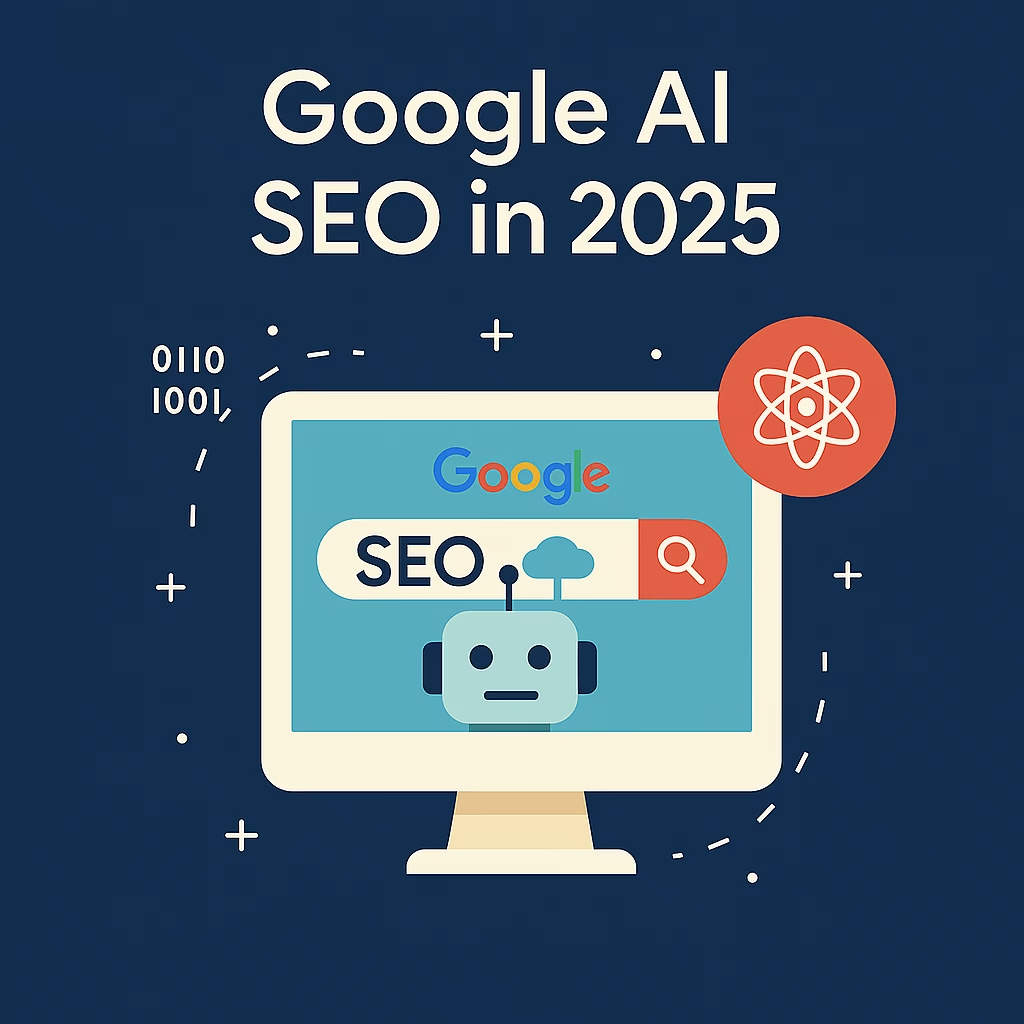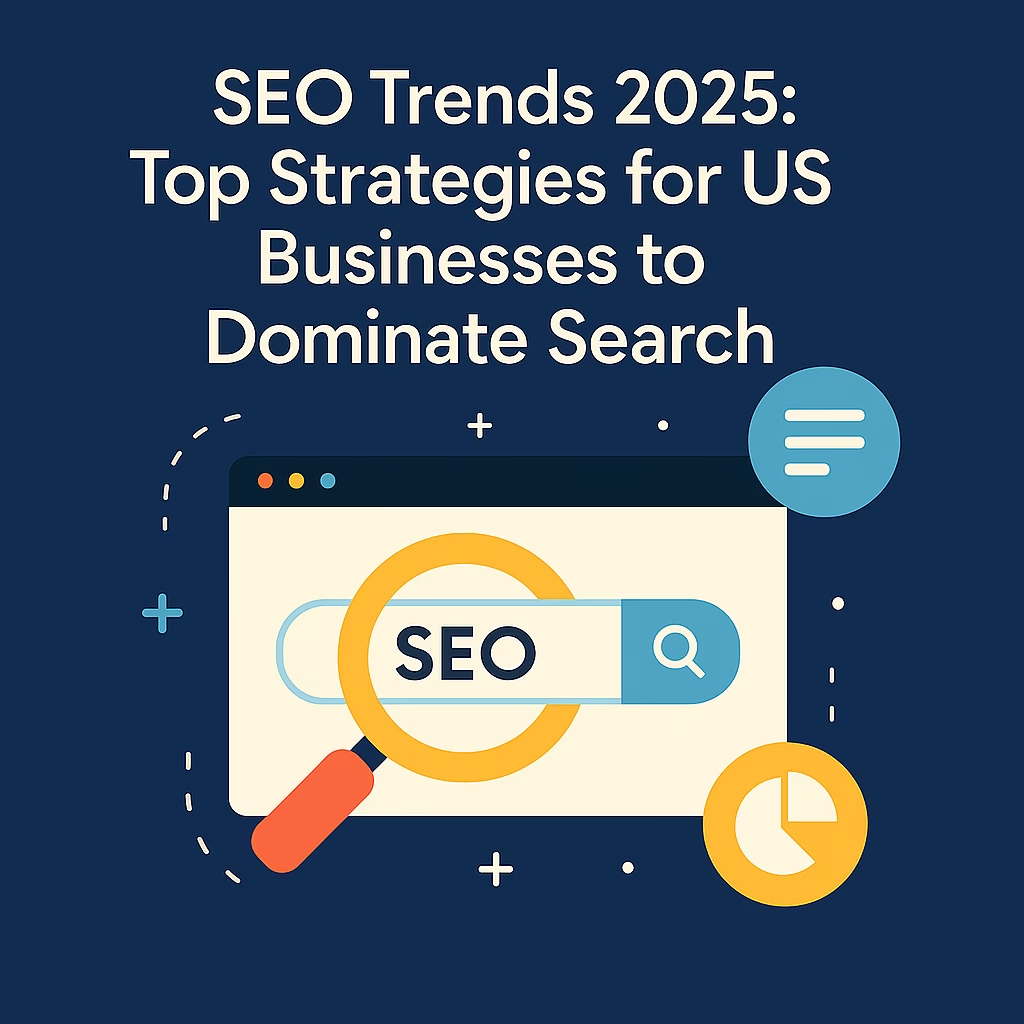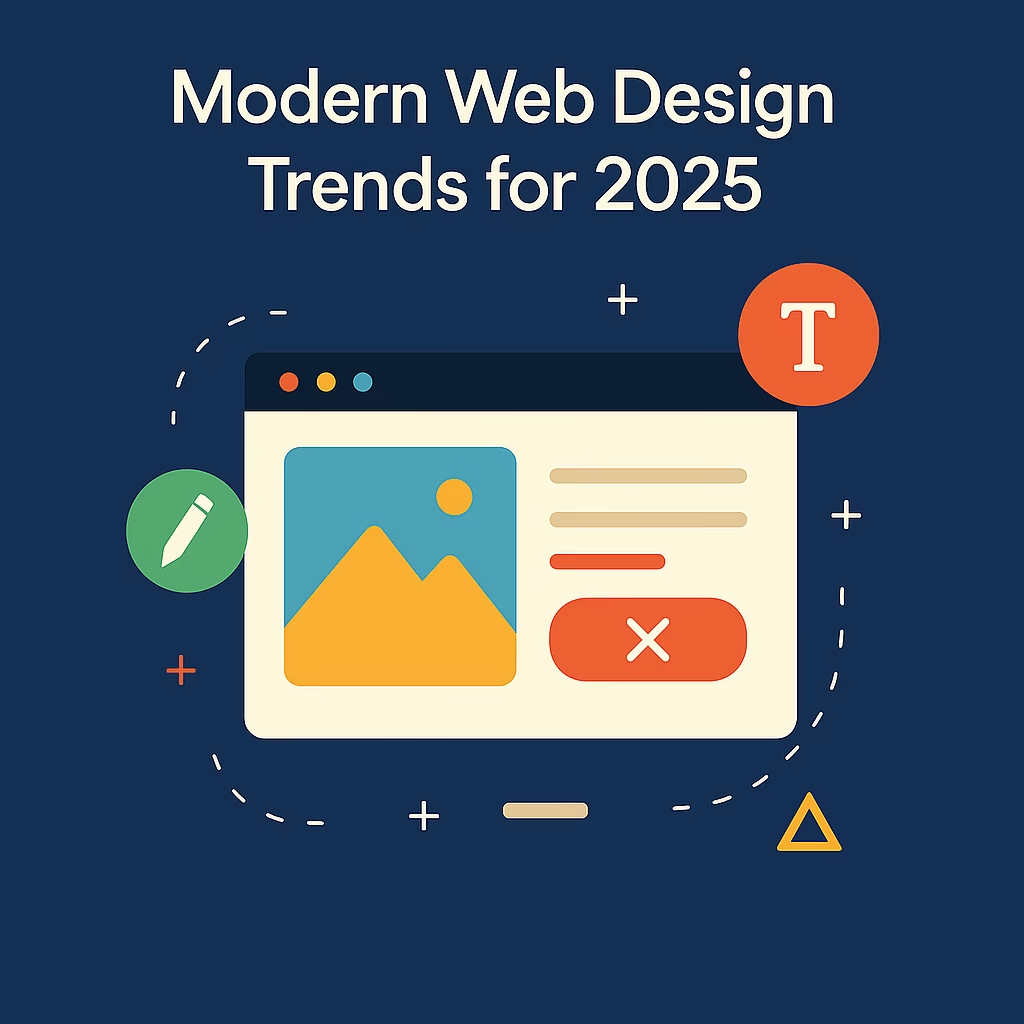- June 1, 2025
- 0 Comments
Introduction to Google AI SEO
With Google rapidly integrating AI across its ecosystem, the way SEO works in 2025 has changed forever. From the Search Generative Experience (SGE) to AI summaries and algorithm shifts, Google AI SEO is now less about keyword stuffing and more about understanding searcher intent, context, and delivering quality at scale. This article unpacks the evolution of Google’s AI-driven SEO landscape and reveals how ZapMinds can empower businesses to optimize smarter and rank higher in the age of AI.
What is Google AI Mode?
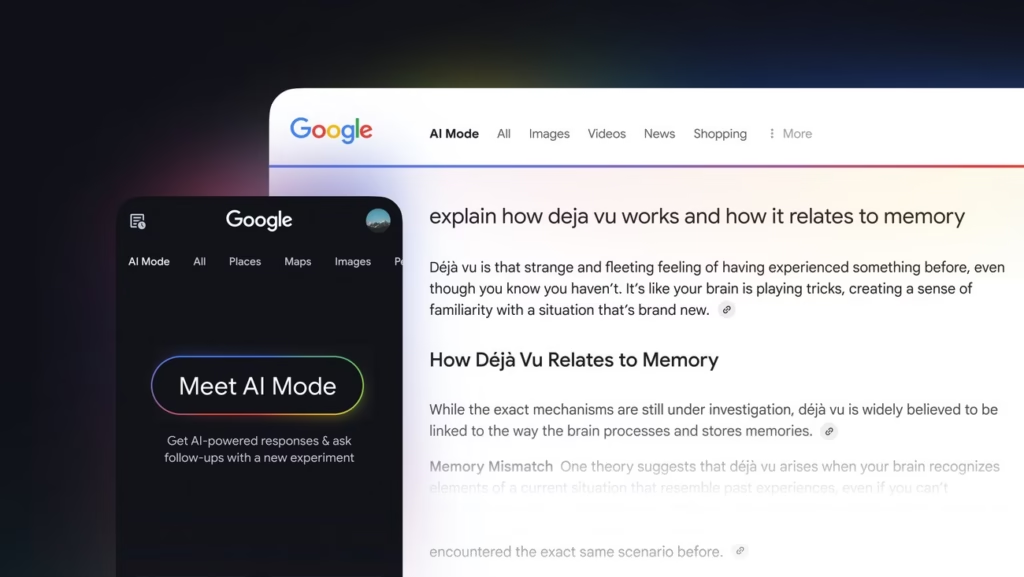
Google AI Mode is the integration of artificial intelligence into the core search experience, where AI systems like Gemini and MUM help generate contextual overviews, summaries, and insights directly in search results. Rather than relying solely on traditional ranking systems, Google AI Mode evaluates web content using deep semantic understanding and intent-driven logic, transforming how information is retrieved, displayed, and ranked.
In practical terms, it means:
- AI-generated snapshots at the top of results.
- Predictive answers and context-aware suggestions.
- Real-time synthesis of information from multiple high-authority sources.
What is Google AI SEO?
Google AI SEO refers to optimizing content and websites in alignment with Google’s artificial intelligence enhancements, such as BERT, MUM, and SGE. These technologies help Google better understand queries, content semantics, and user intent—delivering more contextual, personalized, and helpful results.
Why Google’s AI Revolution Matters in SEO
1. Search Generative Experience (SGE)
SGE delivers AI-generated snapshots and insights right in the SERP. This means traditional blue links are being pushed lower—impacting visibility.
How to adapt:
- Structure your content to answer questions directly.
- Use FAQs, clear headings, and rich media to increase the chance of inclusion in AI-generated summaries.
2. MUM & BERT Understanding
These models evaluate content contextually. Google can now interpret nuances, relationships between topics, and cross-lingual insights.
How to adapt:
- Focus on topic authority and content depth.
- Avoid fluff and prioritize semantic relevance.
3. Helpful Content System
Google now rewards helpful, people-first content over SEO-first content.
How to adapt:
- Write for users first, algorithms second.
- Back claims with data, visuals, and expert insight.
How to Optimize for Google AI in 2025
1. Implement Semantic SEO
- Build topic clusters and interlink supporting pages.
- Use structured data to help Google connect relationships.
2. Optimize for EEAT (Experience, Expertise, Authoritativeness, Trustworthiness)
- Highlight real author bios.
- Add certifications, testimonials, and transparent citations.
3. AI-Powered Content Audits
- Use tools like Surfer SEO, Frase, or ZapMinds’ internal AI engines to scan existing content for gaps.
- Identify which pages align with user intent, and which need reworking.
4. Build Interactive and Visual Content
- Google AI favors formats that engage users: images, charts, videos, infographics, and widgets.
- Use descriptive captions, alt text, and context-rich filenames.
5. Mobile and Performance Optimization
- AI SEO also rewards user experience. Ensure lightning-fast mobile pages, smooth navigation, and no intrusive pop-ups.
Role of ZapMinds in AI-Driven SEO
ZapMinds provides US businesses with:
- Content Strategy Services: AI-aligned content creation, optimized for SGE and semantic indexing.
- Technical SEO Support: Schema implementation, Core Web Vitals fixes, and crawler-friendly architecture.
- Analytics & AI Tools: Real-time performance dashboards and predictive insights to guide optimization efforts.
Case Study: Ranking Above AI Summaries
A US healthcare client partnered with ZapMinds to optimize their blog for SGE. Within 60 days:
- 4 key articles appeared as sources in SGE snapshots.
- Organic traffic rose 52%.
- Time on page improved by 36%, signaling better relevance.
Measuring Success in Google AI SEO
- Visibility in AI Snapshots
- Click-through Rate (CTR) from Non-traditional SERPs
- Dwell Time and Scroll Depth
- Ranking Volatility & Stability Scores
The Future of SEO with Google AI
AI isn’t replacing SEO—it’s evolving it. Businesses that adapt early and intelligently will not only survive but thrive. Google will continue refining how it ranks content based on helpfulness, trust, and intent-match.
Final Thoughts
Google AI SEO demands strategy, clarity, and agility. With search experiences shifting toward dynamic, personalized SERPs, your content must stand out—not just rank. Partnering with an AI-optimized digital team like ZapMinds ensures you’re not left behind.

